There’s more than one Texas bridge that can be especially troubling for those with gephyrophobia – fear of bridges.
The Pecos railroad bridge can certainly give you the willies from the right perspective. The Corpus Christi Harbor Bridge can give you pause if you’re hit with the outer bands of a tropical storm when you’re up on top. Some of those five-stack interchanges in Dallas and Houston can cause a palpitation or two. But in my opinion, the scariest bridge in Texas is the Rainbow Bridge between Port Arthur and Orange, on Texas Highway 73.
The bridge offers the triple threat. You can see it coming from a long way off. It has a steep ascent and descent. And it rises frighteningly high over the water. Those are the things gephyrophobics most dread.
The Rainbow Bridge is scary enough today, with two lanes for one-way traffic, but it used to be much worse. When it was completed in 1938, it was the second-tallest bridge in America, second only to the Golden Gate. It was essentially 20 stories tall. For many decades, drivers had to put up with two thin lanes carrying cars and 18-wheelers in both directions.
As you arrived near the top of the bridge, all you could see was sky in the daytime and the stars at night. You just had to have faith that the pavement would be there waiting for you when you passed over the hump. It was enough to make some folks take a 30-mile detour to avoid the stress. Seems odd that a bridge with such a nice name could cause such fear.
Local driver’s education teachers often made students drive over that bridge on their first day of class. They believed that the best way to conquer a fear was to face it – head on – right away.
Originally, it was called the Port Arthur-Orange Bridge. I personally believed that the Rainbow Bridge name came from Norse mythology wherein the Rainbow Bridge connects heaven and earth. But no. In 1957 the North Port Arthur Lion’s Club had a naming contest and 6-year-old Christy McClintock submitted the winning entry – Rainbow Bridge.
She said it looked like a mechanical rainbow. And it does indeed. If you are ever there towards sunset and see it illuminated in those pink hues of the evening, it does look like a steel rainbow. Christy got a $50 savings bond as her prize. Doesn’t sound like much today, but in 1957, you could have bought 200 Whataburgers with it.
Why was the bridge built so tall, 177 feet of vertical clearance, in that delta region? There was an important ship channel there and they wanted the tallest ship in the navy at the time, the USS Patoka, the be able to pass easily beneath it.
The Rainbow Bridge was more than an engineering marvel. It was also a magnet for teenagers in the night. The high school kids in the area used to climb up into the catwalks. One of those students was destined for worldwide fame. It is said that she used to sit up there high above the moonlit waters of the Neches River and sing in her passionately raw style. I’m sure you’ve heard of her. Janis Joplin? Her biographer, Myra Friedman, said that she would sing up there under the great Texas sky and “scorch the stars.” But that’s a whole ‘nother story. I’m just giving you the abridged version. The pun is free.
The tallest ship in the Navy never did cruise beneath the Rainbow Bridge. Seems a shame – somewhat like a bride having planned a perfect wedding, and the groom never showed.
